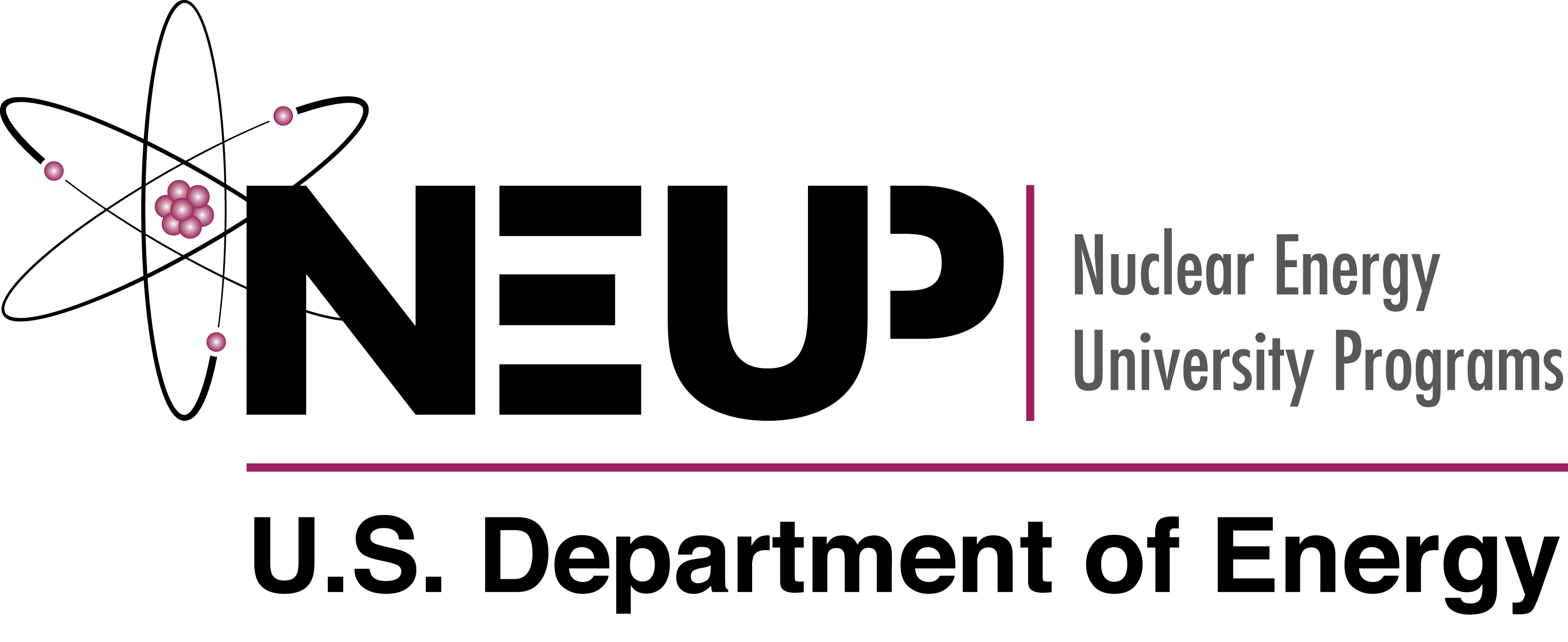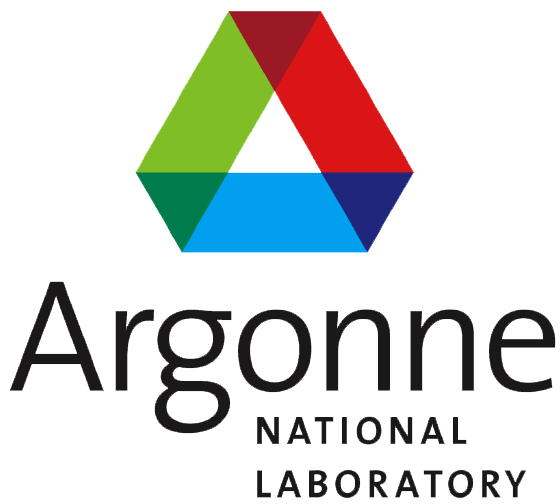Software Process & Architecture¶
The software architecture and accompanying development process are critical to a simultaneously robust and flexible analysis platform.
Open Source Development Process¶
The Cyclus development framework employs a modern, open source philosophy that ensures transparency, attracts contributions from a varied community of collaborators, and guarantees institution-independent access to all potential users. (BSD 3-Clause License) In this development path, a public source code repository provides unhindered access to the fundamental simulation framework and additional agent archetypes volunteered by developers. Granting unfettered access only to the Cyclus engine allows for compartmentalization of the code and its input data. Thus, secure and proprietary archetype developers can be similarly encouraged to utilize the Cyclus framework. This modern development model passively distributes specialized content to interested research groups, and facilitates parallel archetype development efforts by institutions with complimentary goals. The transparency inherent in this type of open development process also facilitates code review by exposing available content to verification and validation by collaborators with diverse areas of specialization and levels of expertise.
Another aspect of this development process is a preference for open source third party libraries where additional functionality is necessary and available from such libraries. This includes basic infrastructure such as file input/output, as well as archetype-specific capabilities like integer programming for network flow optimization.
Dynamically Loadable Modules¶
Dynamically loadable modules are the primary mechanism for extending Cyclus with new underlying archetypes. The primary benefit of this approach is encapsulation: the cyclus kernel is completely independent of the individual archetypes and all customization and extension is implemented only in the loadable module. A secondary benefit of this encapsulation is the ability for contributors to choose different distribution and licensing strategies. Finally, this strategy allows individual developers to explore different levels of complexity within their archetypes, including wrapping other simulation tools as loadable modules for Cyclus.
Use Cases & Visualization¶
Because of the wide array of use cases for Cyclus, flexibility in the user interface is important to provide users with their desired functionality. This is true for input generation as well as output visualization. A graphical user interface has been designed and will be implemented in parallel with the development of the underlying modules. The graphical interface is extensible by loadable modules in the same way as the core code to provide developers the same flexibility in managing their input as they have in implementing their archetypes. Output visualization is also important - the discrete facility/discrete material paradigm generates a large volume of small data that needs to be aggregated in various ways to provide context to a variety of users.





